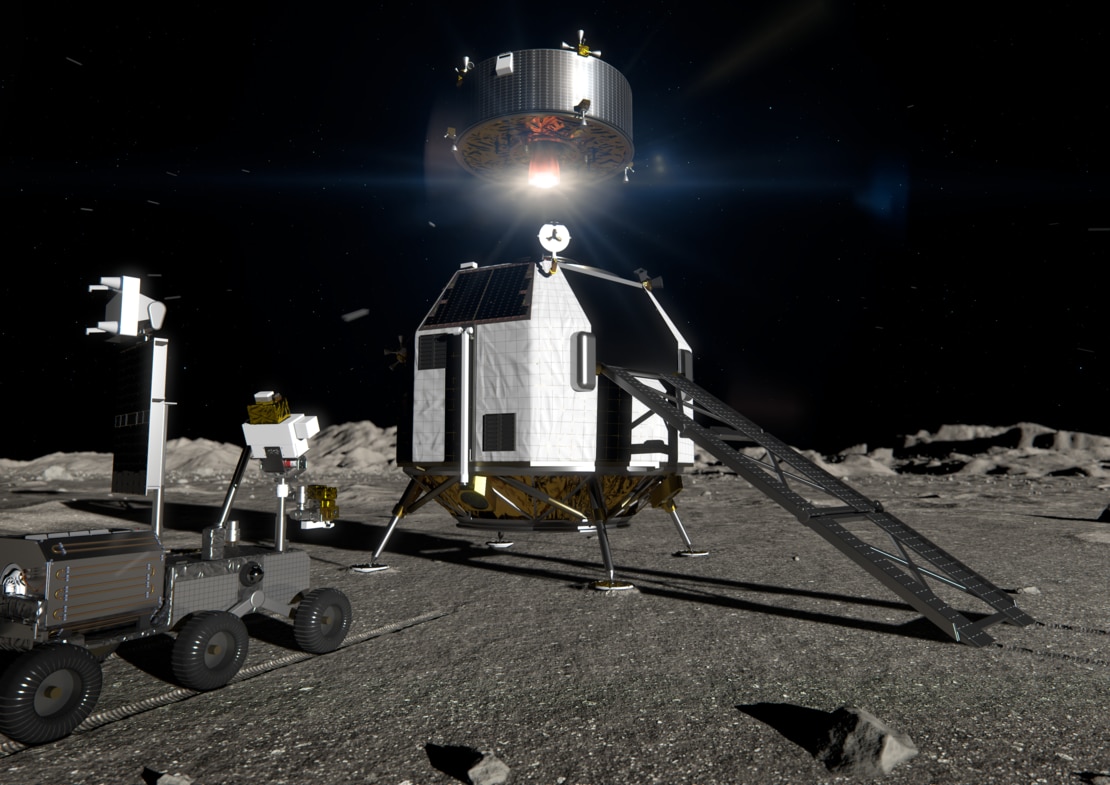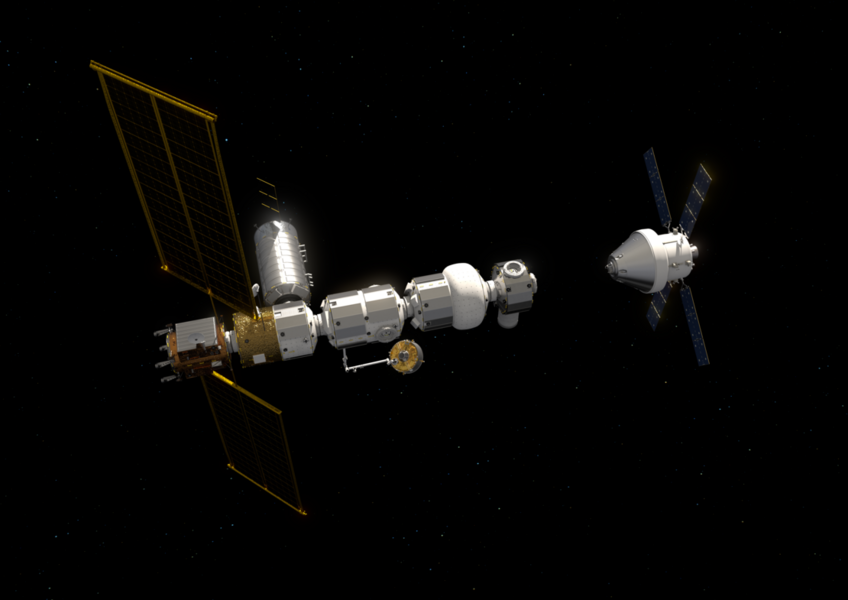Create a free profile to get unlimited access to exclusive videos, sweepstakes, and more!
This is how NASA will decide where humans will put their next boot prints on the moon

We’re going back to the moon. We’re getting there by 2024 if the plan actually works out…but wait. Where exactly are we landing?
NASA is getting an assist from ESA’s Heracles rover, which will scout the lunar surface for possible landing sites as it collects samples to send back to Earth on NASA’s Orion spacecraft. Heracles (the correct spelling for the name of the Greco-Roman demigod often referred to as Hercules) is a European-Japanese-Canadian collaboration between ESA, JAXA and CSA.
The only thing is that ESA is not on the same timeline as NASA. Heracles is expected to take off sometime in the mid to late 2020s.
“This mission offers the best and earliest chance to deliver moon samples to Earth on NASA’s Orion spacecraft as early as its fourth or fifth mission,” ESA said in a statement. “Goals also include testing new hardware, demonstrating technology and gaining experience in operations while strengthening international partnerships in exploration.”
Whether that is early enough for NASA still remains unknown. Assuming the Heracles mission does align with our space agency’s objectives, astronauts watching from the Lunar Gateway will monitor Heracles as it travels toward the moon in a small lander (just under 2 tons) and touches down. Satellites will communicate with the rover using high speed networks to zap over camera visuals and transmit control signals to its moving parts.
Heracles will crawl around the rocky terrain picking up samples and seeking out potential spots to make one more giant leap for mankind. This rover will be taking the small step before that giant leap. It will beam back scientific data and eventually transfer moon rocks and other finds to an ascent module, which will fly them to the Gateway. When that module arrives, the Gateway’s robotic arm will catch it and berth it with the airlock so the container holding the samples gets to Orion.
“Heracles is an international program to use the Gateway to the fullest and deliver samples to scientists on Earth using new technology that is more capable and lighter than previous missions,” said the ESA statement.
ESA expects Heracles to prove the technologies it uses to survey the landscape and collect samples will both give us a science boost and help NASA and the other space agencies involved figure out where to land astronauts on the moon. NASA is eyeing the lunar south pole, also a top prospect for China.
The space race is on.
(via ESA)



























